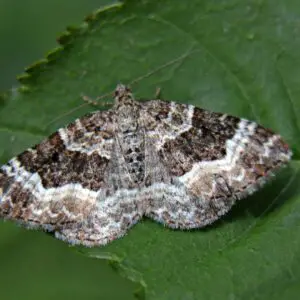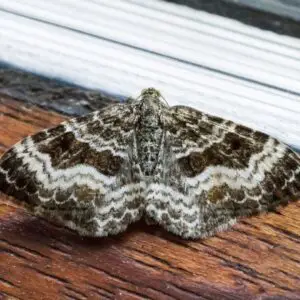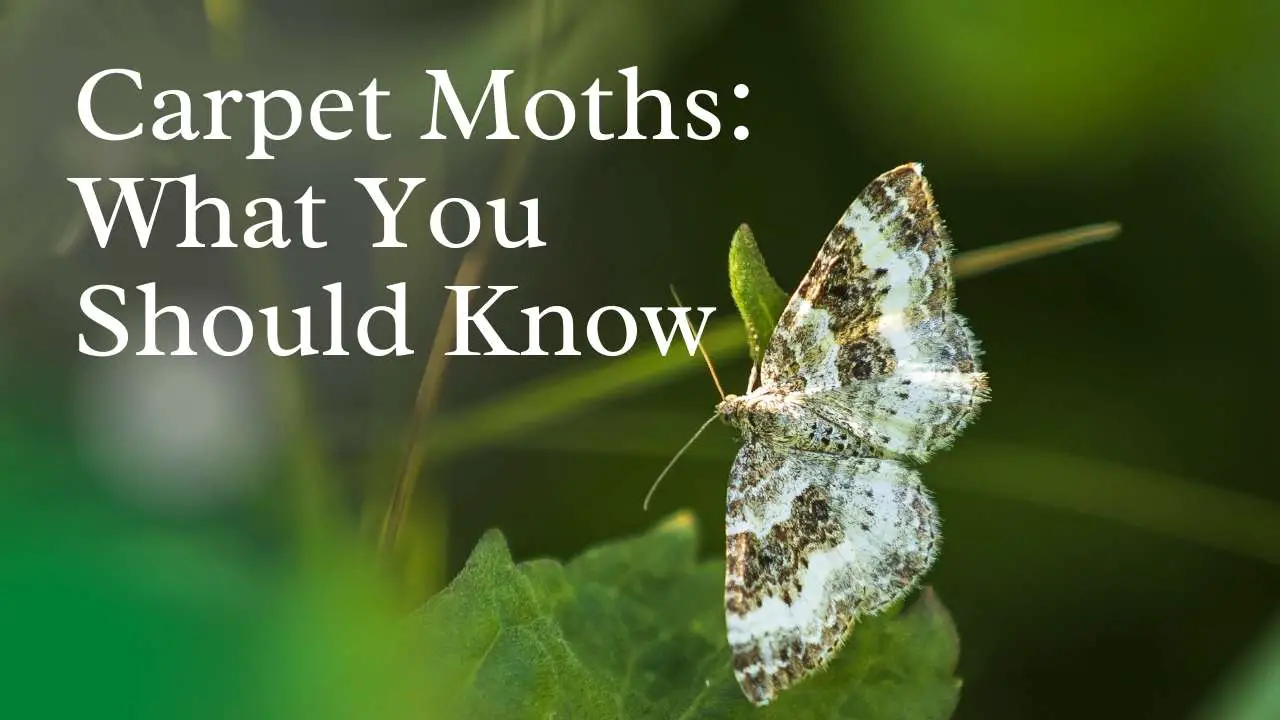Carpet moths eat their way through thick wool carpets and synthetic fibre carpets with incredible speed, leaving unsightly stains on your floor. Clothed moths digest protein from fibres such as wool, silk and special hair fibres, but they also eat proteins from synthetic fibres.
Carpet Moths Feed On
- This means that carpets, rugs, curtains and upholstery of nylon, acrylic, polyester, acetate and other plastics harbor these moths because they contain food, beverages, stains, blood, urine, sweat and other sources of protein.
- Carpet moth larvae feed on keratin, which is found in natural fibres like wool, and feed on the wool content of carpets. Carpet moths are attracted to natural fibres and destroy carpets in the house.
- Infestation with carpet moths can be a costly problem, as it can cause serious and irreversible damage to carpets, rugs and other soft furnishings in the home.
- Carpet moths feed on natural fibres and can attack drawers if left untreated, causing additional damage to expensive garments such as wool and cashmere sweaters, suits, silks, furs and leather goods.
- Clothes moths thrive in dark, undisturbed areas and on carpets that have little traffic and are not regularly vacuumed. It is essential to vacuum regularly around the edges of rooms and furniture, as moths can thrive in undisturbed areas.
- Young clothing moths and carpet beetle larvae feed on animal materials such as wool, fur, feathers, glue, book covers, silk, horn, bone, leather and dead insects.
Where They Might Be Found

No matter where you live, whether in the living room, bathroom or any other room in your home, rugs and carpets can be a target for these little critters.
Wool and oriental rugs are particularly susceptible, but imagine a dirty carpet covered in dog or cat hair.
If you wait too long and think you have an infestation, clothes moths can traverse cupboards and carpets to search for natural animal fibres such as wool, cashmere and silk that contain the protein keratin, which is a natural food source for moths.
They fly through doors and windows into houses, where they gain access and infect food and fabrics. Moths lay their eggs in wall hangings and plastic carpets, where their offspring enjoy meals of skin, hair, and debris that fall to the floor and settle on soft furniture.
The eggs and larvae then hitch-hike to houses and objects that contain wool or other animal fibers, such as second-hand clothing, upholstered furniture, and wool scraps that are exchanged for rugs and blankets.
What We Need To Do
Carpet beetles skip carpet beetles but carpet beetles and clothes moths overlap in many of their habits and food preferences. Carpet moths have wing patterns, antennae on their heads, and feathers on the underside of their bodies.
Carpet beetles attack cereals, cake mixtures, spices, flour powder, milk, and animal feed, but they are not the same species that attack substances. The most common webbing is found on garments where the larvae causing the damage spin silk tubes or webbing webs from the material they eat. The damage is accompanied by abundant tissue and tubing, including large amounts of excrement known as a fracture.
In open areas with lots of feet and lots of natural light, the attack activity can be on stairs, carpets, skirting boards, stairs, and cords.
- Damage can also occur at the edges of a room where the carpet is shaded or covered with carpet. You may need to apply moth spray, which can be used on carpet edges to ensure that it reaches the base of the larval tuft that feeds on the part of the row between the hands and repeat for 30 days.
Itas is also present in organic substances such as dead skin and hair, including animal hair, so if you have cats or dogs in your house, you need special attention.
- Adult female moths lay larvae on carpets that hatch and nibble on a material called keratin. Keratin is contained in natural fibers such as wool and silk, which make up carpets and clothing, so this content is a target.
Check out another article How To Get Rid Of Moths
Complete more info…

If you can count five moths in a room, it is considered a serious moth infestation. Clothed moths skip them because they are clothing larvae, which represent the juvenile or immature phase of the caterpillars “life. Your eggs are hidden in dark, undisturbed parts of your home, and when hundreds of larvae hatch, it can become a huge, destructive eating contest.
Then they pupate and become adult moths of about 5 mm in length with grey or light brown wingspans of up to 15 mm. They fly as they hop, making them difficult to spot. The identification of adult larvae requires the help of an expert P. management professional or entomologist. Adult clothes moths are found in suitable places where the larvae find abundant food and hatch when they lay between 100 and 300 eggs.
The most common moth, Tineola bisselliella, is a common species that has become a major problem in recent years. Given the rapid life cycle of the moth and the number of eggs that each adult female lays, there could be a budgetary problem if the moth spreads and attacks carpets, rugs, and other fabrics of wool, cashmere, silk, leather, or fur. The key is to act when you see signs of moth activity and to see what you can find if you look closely.
If you have never heard of the carpet moth Tineola pellionella, you are lucky that it has not already invaded your home. With remarkable speed, he winds his way through carpets of wool and makes them bare. In its original habitat, it lives in bird nests and on discarded furs and animal skins, but being small and boring, it has escaped everyone’s attention and now lives in the wild.

